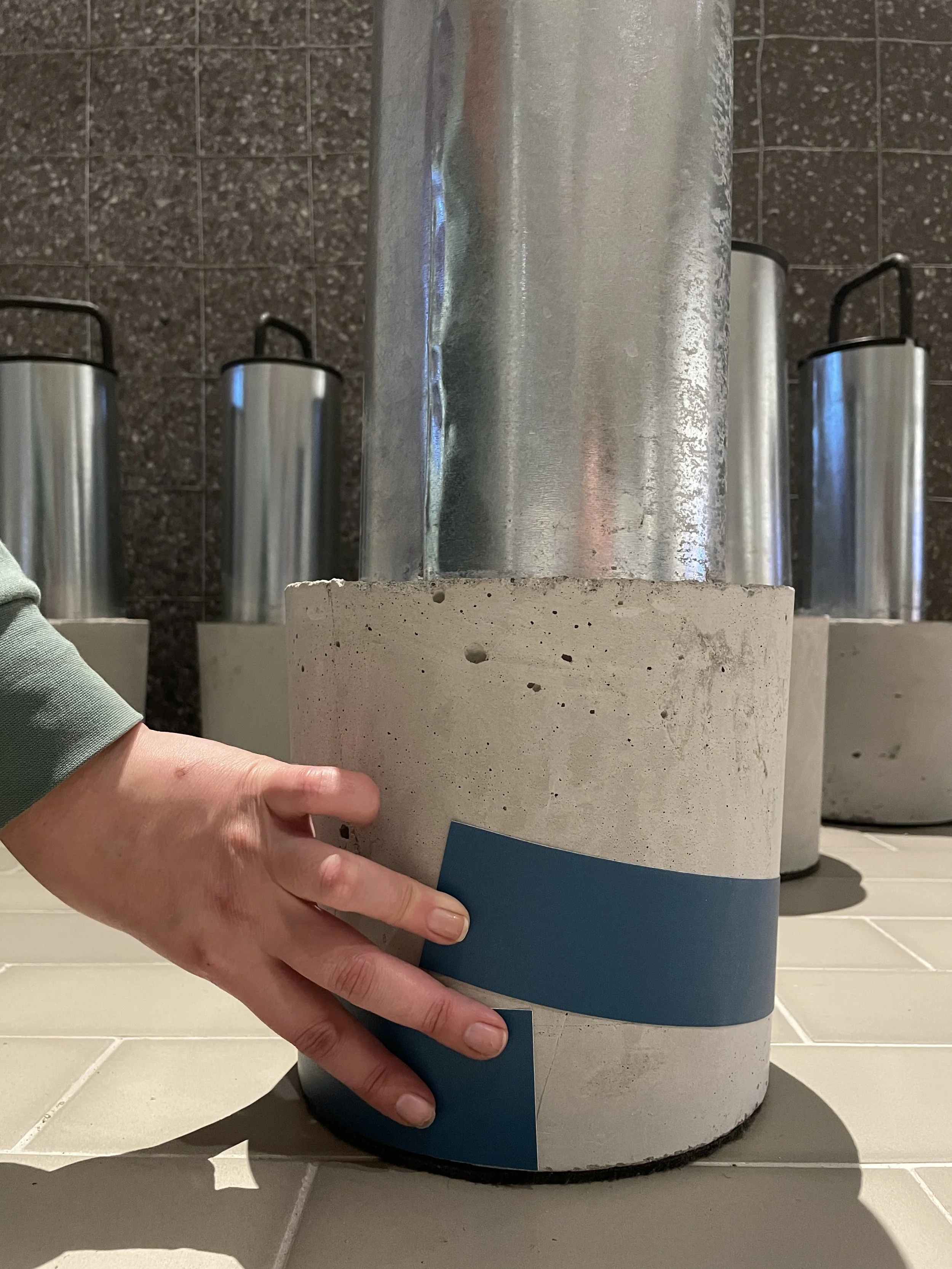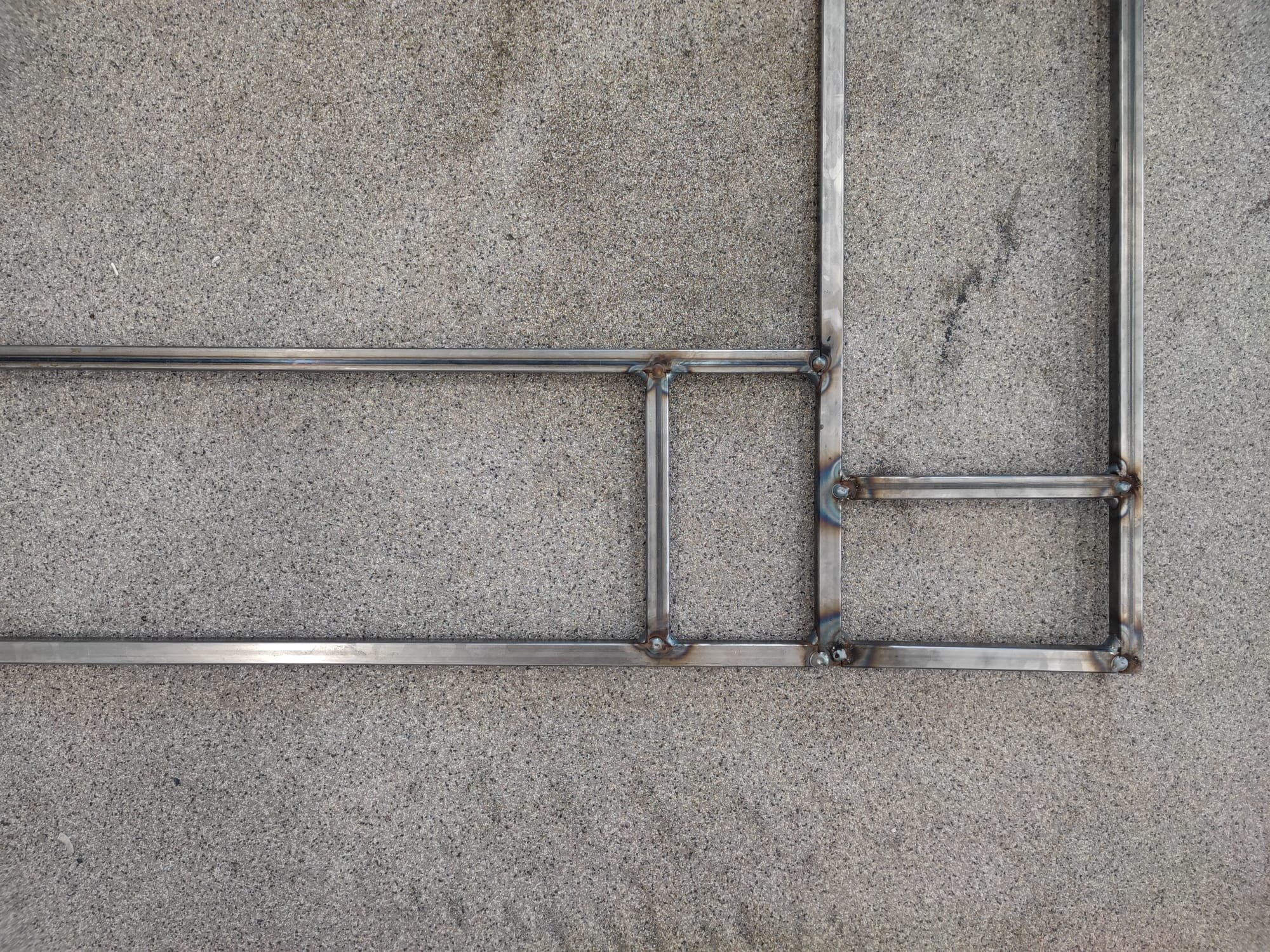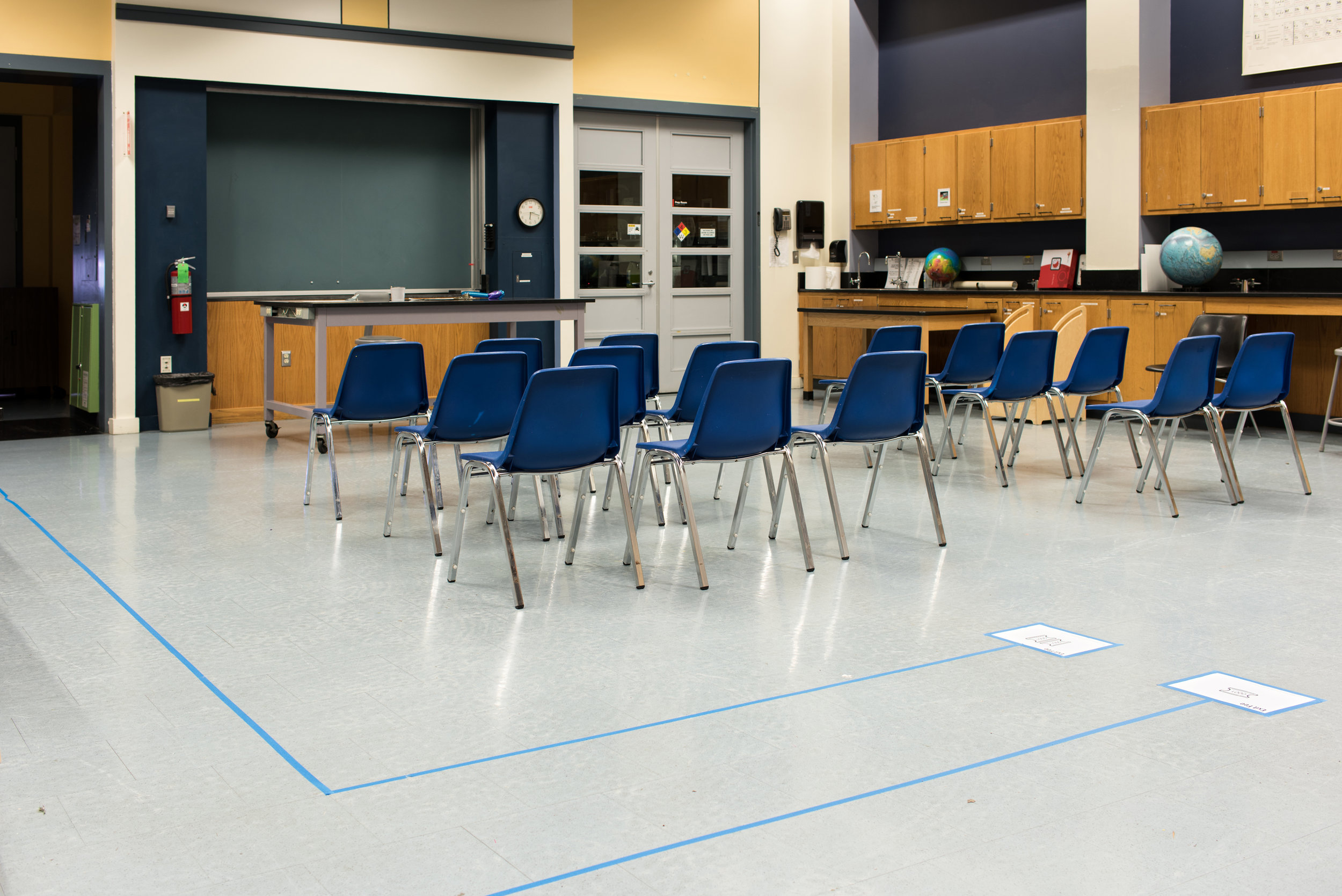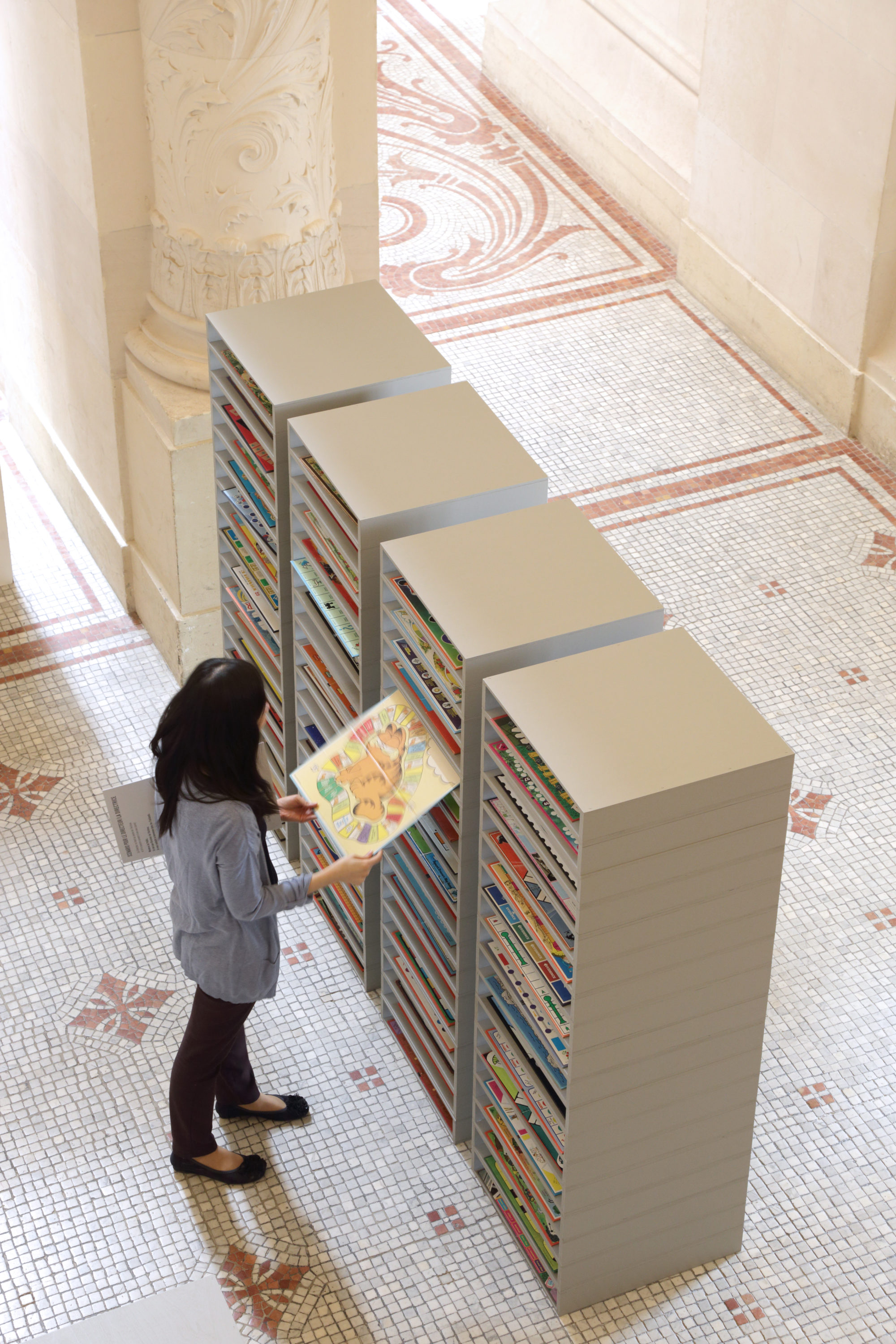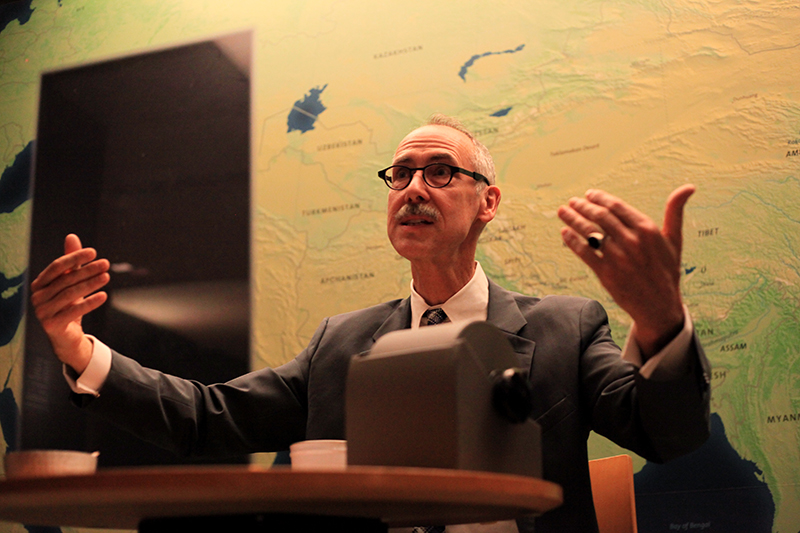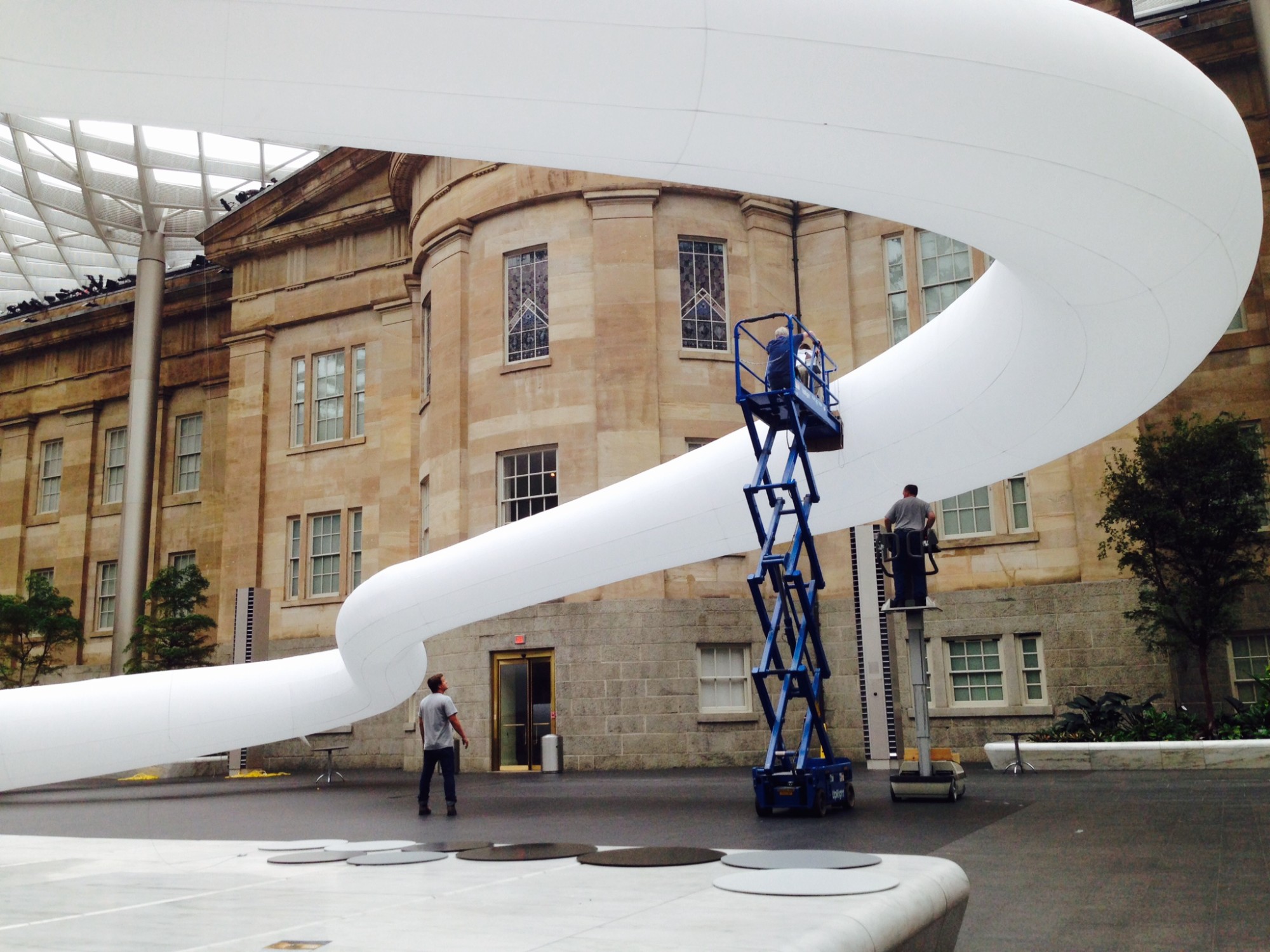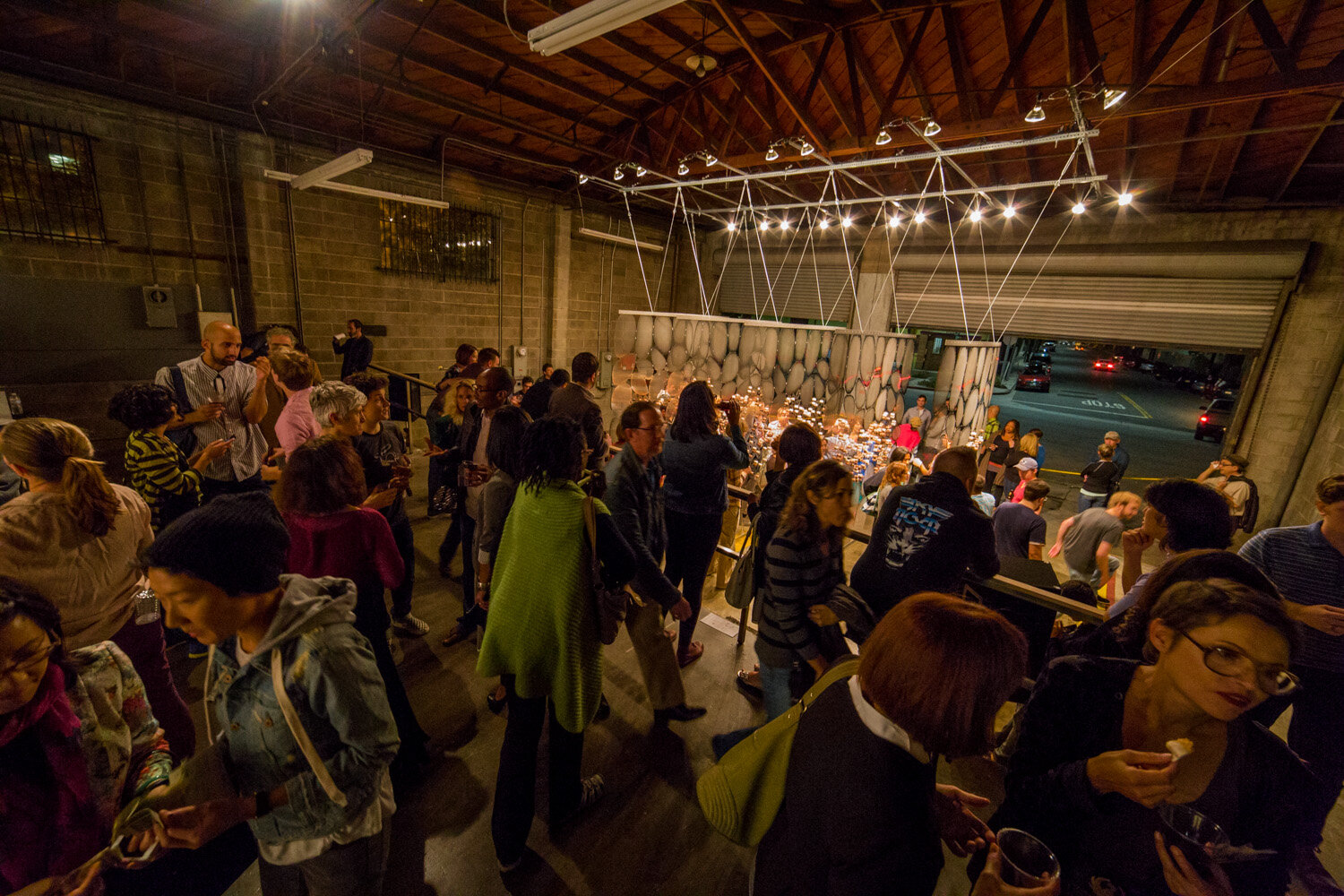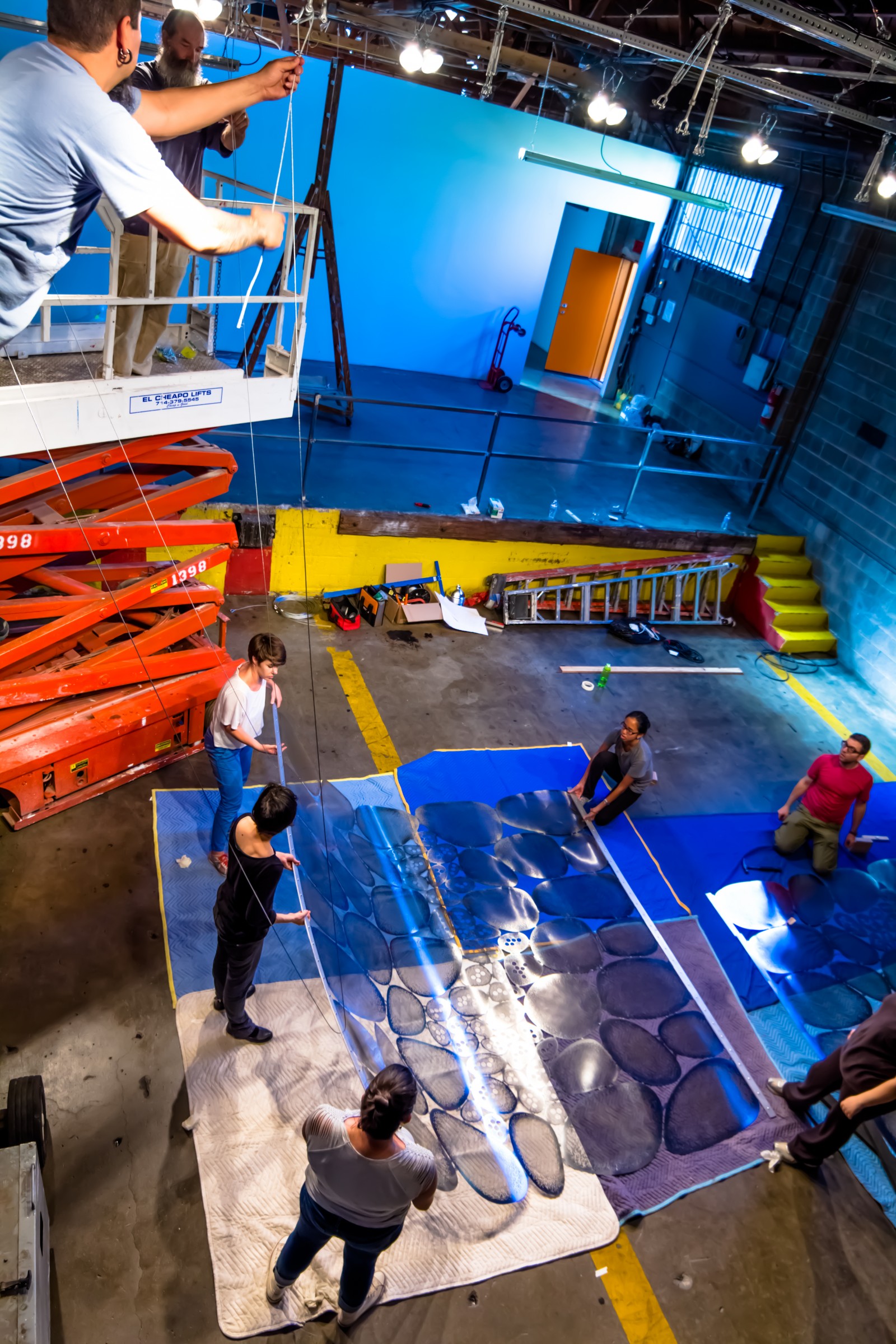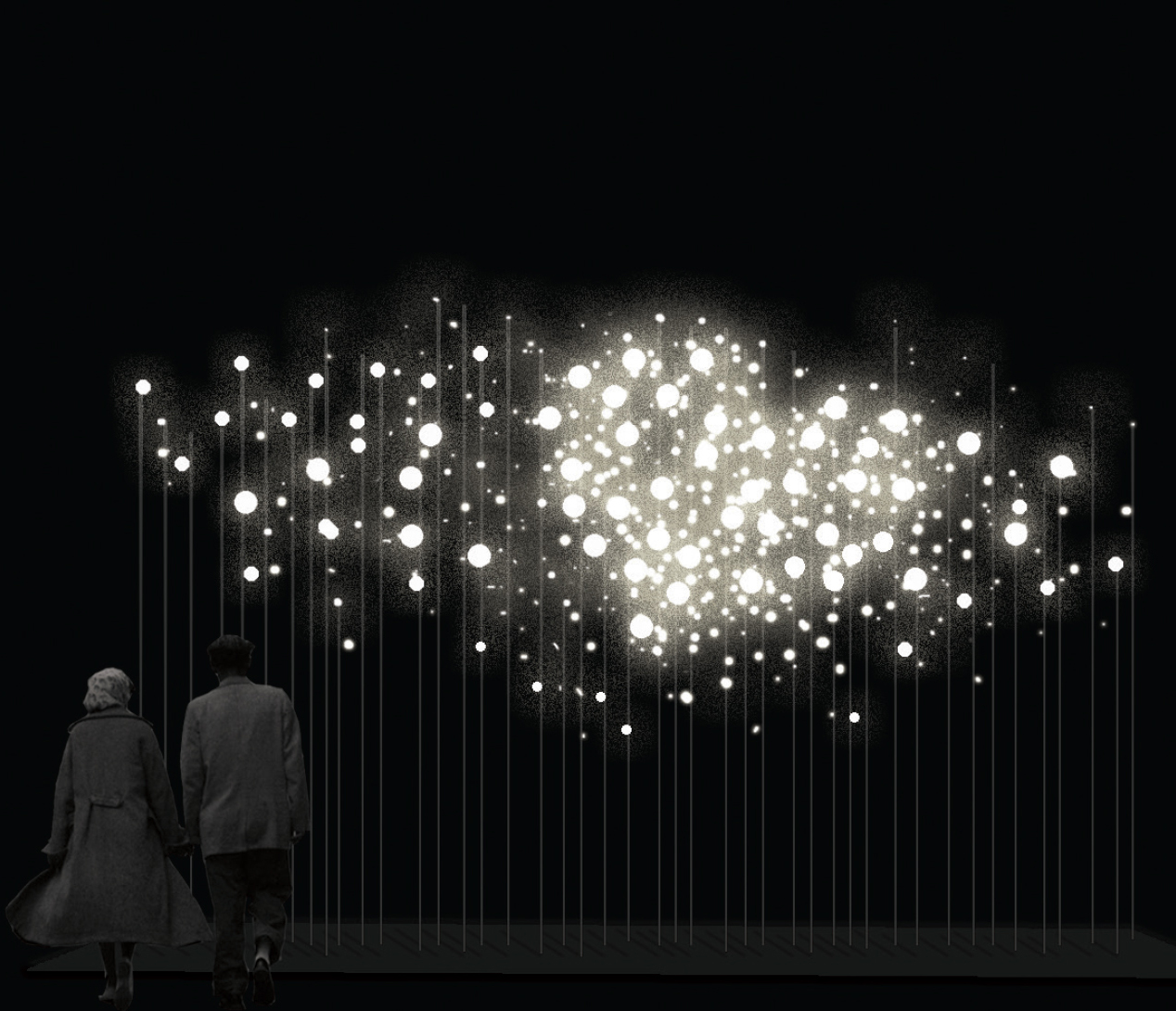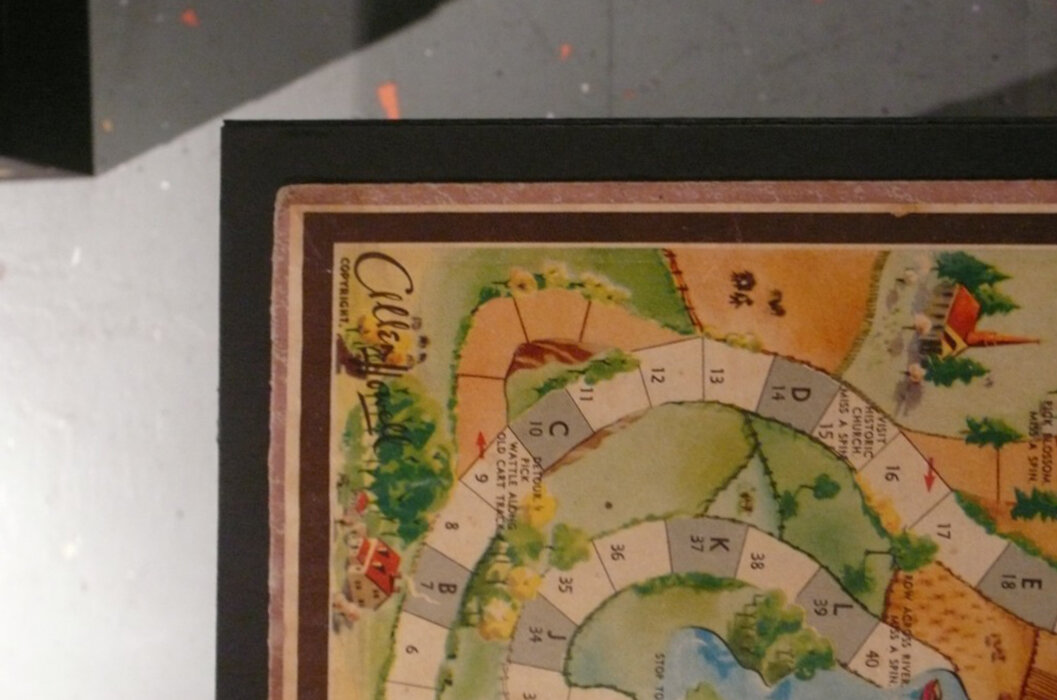SIXTEEN TONS · KUOVOLA · FINLAND
Nathalie Pozzi
Sixteen Tons is an installation about the value of labor, where audience members move heavy pieces about a limited space and use real money to bid on each other’s work from turn to turn.
This version of the project was installed as part of the exhibition Playing Being at the Kouvola Art Museum in Finland. Rather than ship heavy elements overseas, or manufacture brand new ones, we collaborated with design students to fabricate the project using up-cycled materials.
Carolina Andrade / Ciudad Análoga
Material research, design and fabrication were conducted in collaboration with Jutta Oikarinen and Suvi Tuominen, under the supervision of Päivi Hölttä. Excess and waste materials were sourced from a local factory as well as from the workshops of the design school where the students were studying.
Research included an exploration of approaches using these materials that would satisfy the needs of the design, including heavy game pieces to be dragged by players, and walls to enclose the space of play.
Large-scale physical installation
Collaboration with
Game designer Eric Zimmerman
Location
Kouvola Art Museum • Finland
Year
2022
Exhibition
Playing Being
Lead Curation
Jaakko Kemppainen
Co-Curators
Harold Hejazi, Marleena Huuhka, Mari Lehtosalo, and Tuuli Saarinen.
Collages
Carolina Andrade / Ciudad Análoga
xxx
Some people say a man is made outta mud
A poor man's made outta muscle and blood
Muscle and blood and skin and bones
A mind that's a-weak and a back that's strong
You load 16 tons, what do you get?
Another day older and deeper in debt
St. Peter, don't you call me 'cause I can't go
I owe my soul to the company store
Sixteen Tons
Tennessee Ernie Ford
Carolina Andrade / Ciudad Análoga
“The buildings and construction sector is by far the largest emitter of greenhouse gases, accounting for a staggering 37% of global emissions. The production and use of materials such as cement, steel, and aluminum have a significant carbon footprint.
Solutions to mitigate the buildings "embodied" carbon emissions – originating from the design, production, and deployment of materials such as cement, steel, and aluminum – have lagged. To effectively address this challenge, international action and collaboration must bring together all stakeholders from across the entire lifecycle of the buildings sector, both within informal and formal settings.”
“Building Materials and the Climate: Constructing a New Future, a report developed by UNEP, Yale Center for Ecosystems + Architecture in the framework of the Global Alliance for Buildings and Construction (GlobalABC), highlights the pressing need to establish innovative cooperation models to decarbonize building materials. […] The report also pinpoints three overarching strategies which need to be implemented together to decarbonize building materials:
• Avoid unnecessary extraction and production.
• Shift to regenerative materials.
• Improve decarbonization of conventional materials.”
Carolina Andrade / Ciudad Análoga
I was born one mornin' when the sun didn't shine
I picked up my shovel and I walked to the mine
I loaded sixteen tons of number nine coal
And the straw boss said "Well, a-bless my soul"
You load sixteen tons, what do you get
Another day older and deeper in debt
Saint Peter don't you call me cause I can't go
I owe my soul to the company store
Sixteen Tons
Tennessee Ernie Ford
Carolina Andrade / Ciudad Análoga
While the rules of the game were not altered for this version of the project, there were many small changes to the design.
For example, the dot shapes on the grid were changed to crosses and the arabic numerals to roman numerals, which accommodated the use of tape rolls to make the floor markings.
Carolina Andrade / Ciudad Análoga
If you see me comin', better step aside
A lotta men didn't, a lotta men died
One fist of iron, the other of steel
If the right one don't a-get you
Then the left one will
You load sixteen tons, what do you get
Another day older and deeper in debt
Saint Peter don't you call me cause I can't go
I owe my soul to the company store
Sixteen Tons
Tennessee Ernie Ford











